Surprising Things Your Genes Say About You


Your Genes And You
Some traits you were born with -- your eye color and hair color, for example -- come from your genes. They’re molecules – scientists need a microscope to see them -- that carry information passed down from your parents. It’s called DNA, and most is the same for everybody. But a small percentage of it is yours alone. Those differences help determine how you look, the way your body works, your risk for diseases, and your personality.
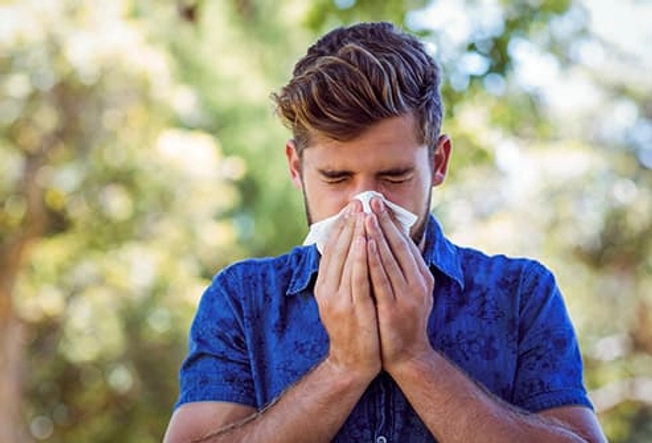
Sunlight Sneeze
Have you ever noticed that you feel the urge to sneeze when you step into bright light? It’s called photic sneeze reflex, and it seems to happen in about a quarter of the population. It’s not clear just how light can lead to sneezing, but scientists do know that it’s tied to a gene your parents pass down to you. If one parent is a sun-sneezer, their child has a 50% chance of being one, too.

Perfect Pitch
A trained musician can typically sing you a note, like a G, as long as you give them a “starting pitch,” like C, and say what it is. That’s relative pitch. If you have absolute, or perfect, pitch, you can hear or sing any note without hearing another one first. Your genes might play a part in this skill. In a survey, people with perfect pitch were more likely to have a close relative who had it. Still, musical training makes a difference.
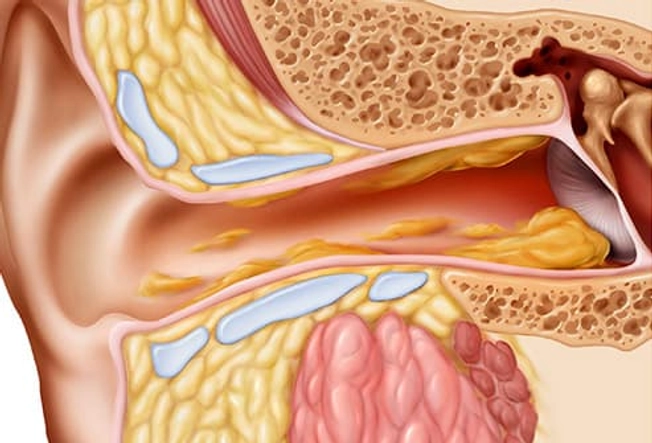
Earwax
Is yours dry, grayish, and flaky? Or wet, yellow, and sticky? It depends on which version, or allele, you have of one gene, called ABCC11. The same gene is tied to the smell of the sweat in your armpits as well. If you have the allele for wet, sticky earwax, you’re more likely to have body odor than someone with the other kind.
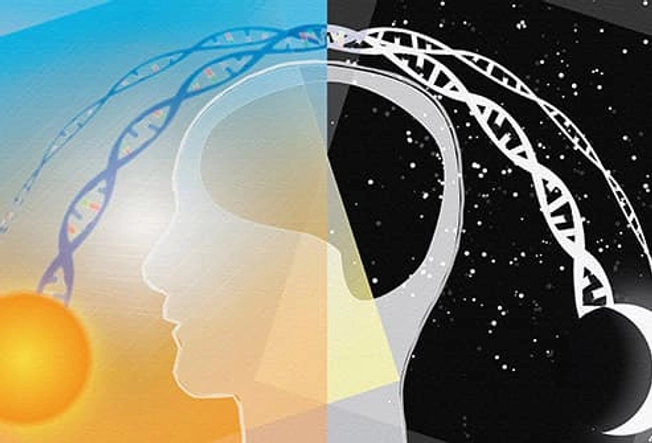
Lark or Owl?
The time of day when you’re most alert and productive is driven by your body’s internal clock, or circadian rhythm. Most people’s run on about a 24-hour schedule, but it can run faster or slower, making you a morning lark or a night owl. Specific genes seem to play a role in your circadian rhythm speed and how closely it matches the 24-hour day. Changes in those genes can cause disorders that make you fall asleep and wake up at odd hours.

The Roots of Gray Hair
We all wonder when we’ll get our first gray strand. Scientists found a gene that helps figure out if -- and how early -- you’ll get yours. The gene, called IRF4, helps make the pigment in your hair, eyes, and skin. It may give us insight on aging and possibly how to hold off those silver locks.
Researchers also found genes linked to balding, curly hair, and unibrow.

Your Father’s Influence
You know that a pregnant woman’s age, diet, weight, and other habits can affect their baby’s health. But do you know the same is true for the father?
As men get older, if they gain a lot of weight or become heavy drinkers, their genes can change. If passed down, those changes may raise their kids’ -- or even grandkids’ -- chances of getting conditions like autism, diabetes, and cancer.
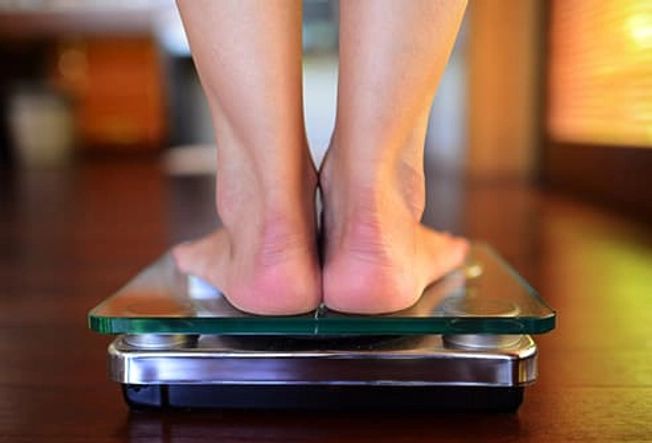
Weight in Your Genes
What you eat and how much you exercise isn’t the whole story when it comes to your size. Your DNA also may play a part. Scientists have found that some people’s genes nudge them toward a higher-than-healthy weight. A nutritious diet tips the scales in your favor.
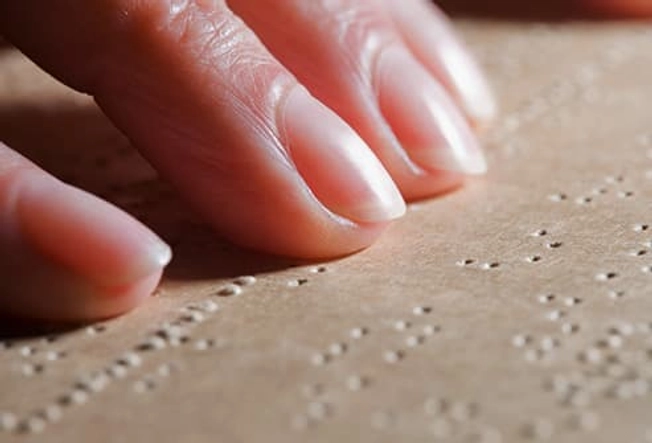
A Better Look at Blindness
Experts now believe several dozen gene variations may raise the risk of age-related macular degeneration (AMD). It’s the leading cause of blindness in people 50 and older.
Some combinations have been tied to wet AMD, a more advanced form of the disease.
This means doctors may one day be able to test for genetic risk and come up with new ways to prevent or treat both disorders.
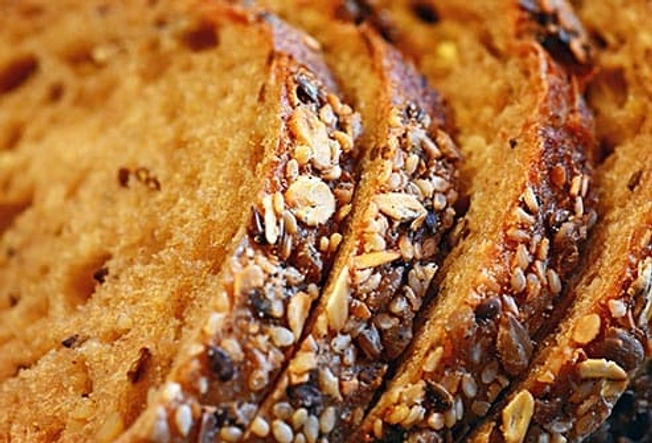
Gluten Glitch
About 40% of us might have genes linked to celiac disease. That’s the disorder that stops you from digesting gluten and causes inflammation in the intestines. But only about 1% of the people with these genes have symptoms of the disease. Scientists aren’t sure what makes the difference.
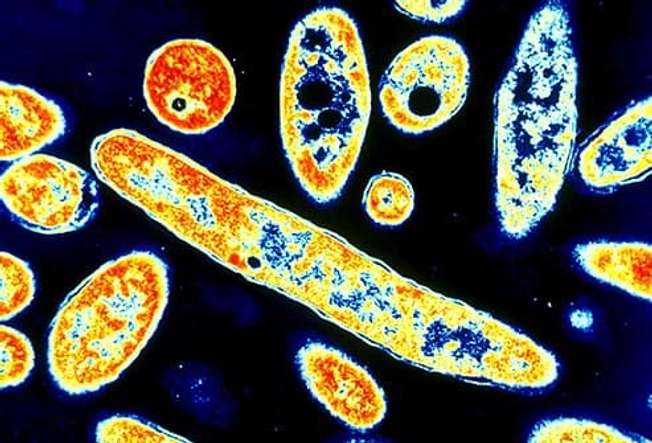
Viruses That Boost Immunity
Our ancestors faced many viral illnesses as our species evolved.
Today, a bit of your DNA is made of leftovers from the viruses our ancestors fought off. Scientists used to think these strange bits had no purpose. But when they removed them from cells in a lab, other nearby genes were no longer able to trigger the immune system to fight off new virus attacks.
As it turns out, those ancient viruses have been protecting us against new ones.
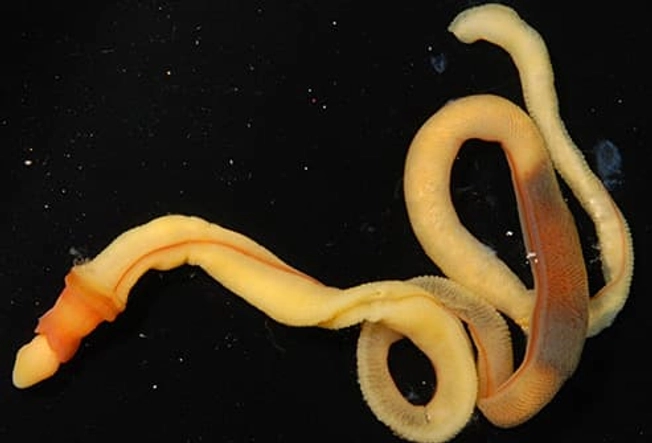
Meet Your Cousin, the Worm
Researchers in Japan say people share about 14,000 genes -- or roughly 70% of their genetic makeup -- with tiny acorn worms. These creatures live in the water and breathe through slits in their guts similar to fish gills. There’s evidence those slits evolved into our jaw, tongue, voice box, and throat muscles.

It’s Nature AND Nurture
If all this makes you wonder about what could be hiding in your DNA, remember this: Your health, personality, and looks are based on many things, including your genes. Your environment, lifestyle, and a bit of chance also make a difference.
The choices you make still matter most as far as who you’ll become, though.